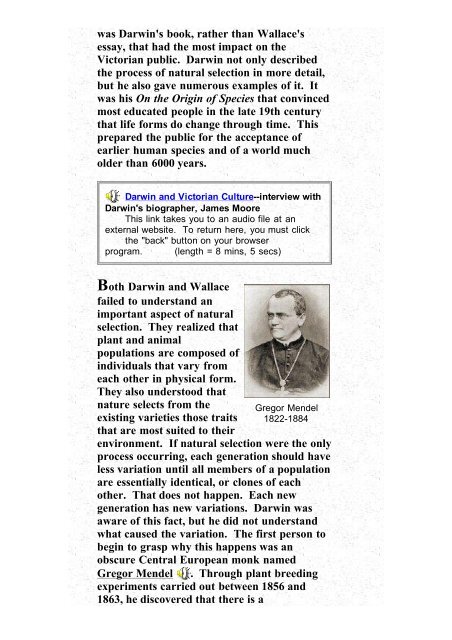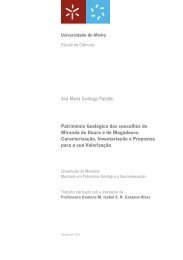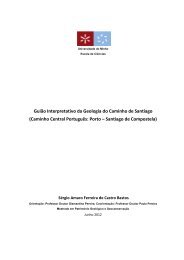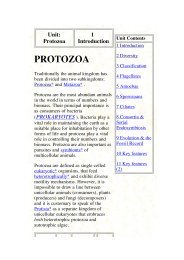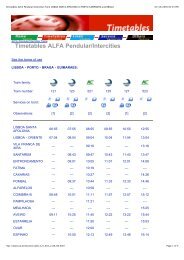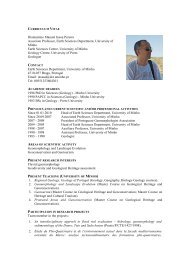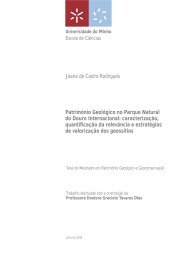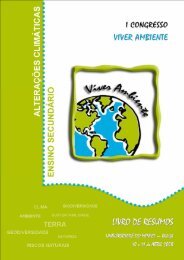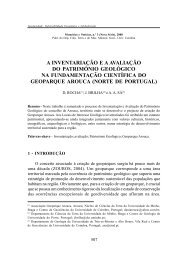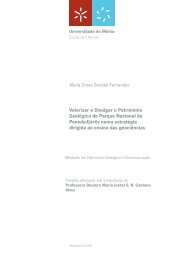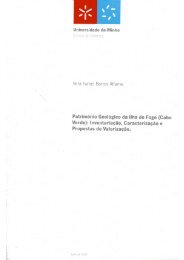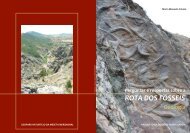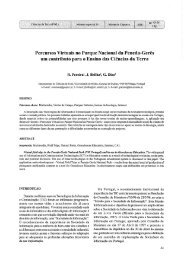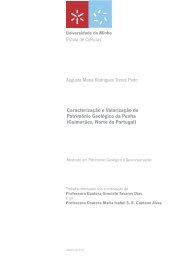Pre-Darwinian Theories
Pre-Darwinian Theories
Pre-Darwinian Theories
You also want an ePaper? Increase the reach of your titles
YUMPU automatically turns print PDFs into web optimized ePapers that Google loves.
was Darwin's book, rather than Wallace's<br />
essay, that had the most impact on the<br />
Victorian public. Darwin not only described<br />
the process of natural selection in more detail,<br />
but he also gave numerous examples of it. It<br />
was his On the Origin of Species that convinced<br />
most educated people in the late 19th century<br />
that life forms do change through time. This<br />
prepared the public for the acceptance of<br />
earlier human species and of a world much<br />
older than 6000 years.<br />
Darwin and Victorian Culture--interview with<br />
Darwin's biographer, James Moore<br />
This link takes you to an audio file at an<br />
external website. To return here, you must click<br />
the "back" button on your browser<br />
program. (length = 8 mins, 5 secs)<br />
Both Darwin and Wallace<br />
failed to understand an<br />
important aspect of natural<br />
selection. They realized that<br />
plant and animal<br />
populations are composed of<br />
individuals that vary from<br />
each other in physical form.<br />
They also understood that<br />
nature selects from the<br />
existing varieties those traits<br />
that are most suited to their<br />
Gregor Mendel<br />
1822-1884<br />
environment. If natural selection were the only<br />
process occurring, each generation should have<br />
less variation until all members of a population<br />
are essentially identical, or clones of each<br />
other. That does not happen. Each new<br />
generation has new variations. Darwin was<br />
aware of this fact, but he did not understand<br />
what caused the variation. The first person to<br />
begin to grasp why this happens was an<br />
obscure Central European monk named<br />
Gregor Mendel . Through plant breeding<br />
experiments carried out between 1856 and<br />
1863, he discovered that there is a


